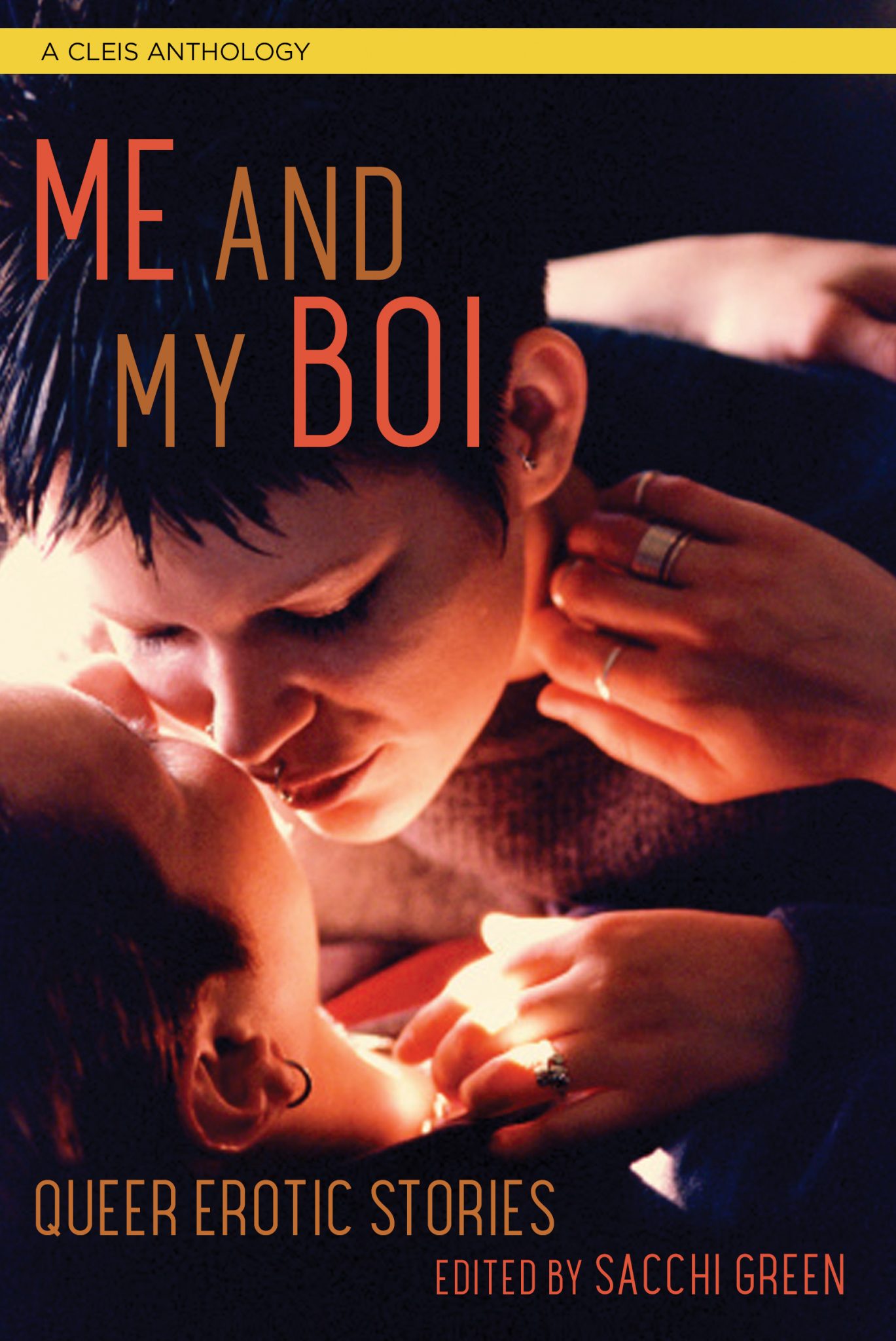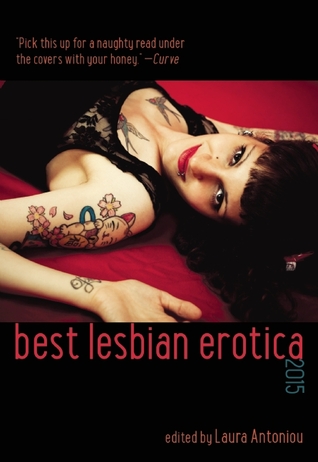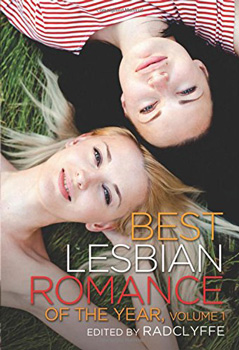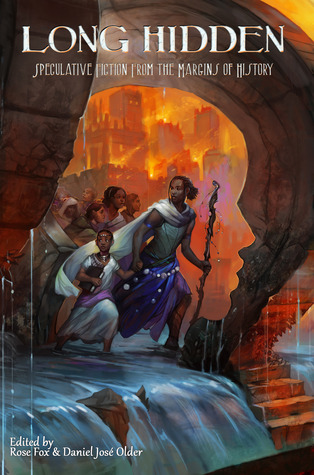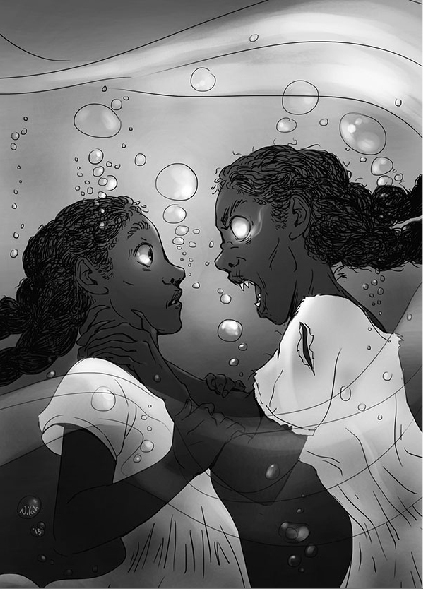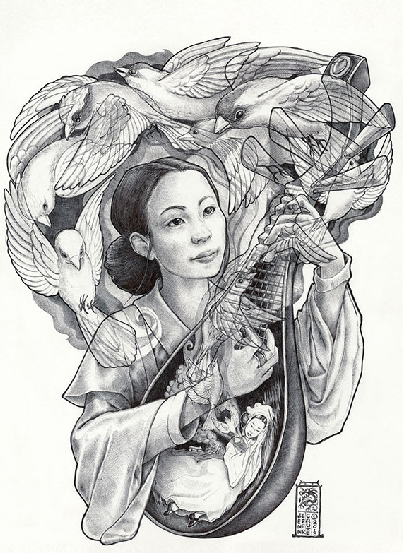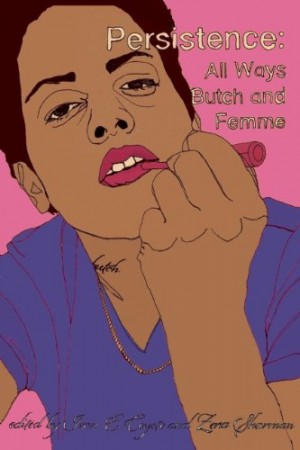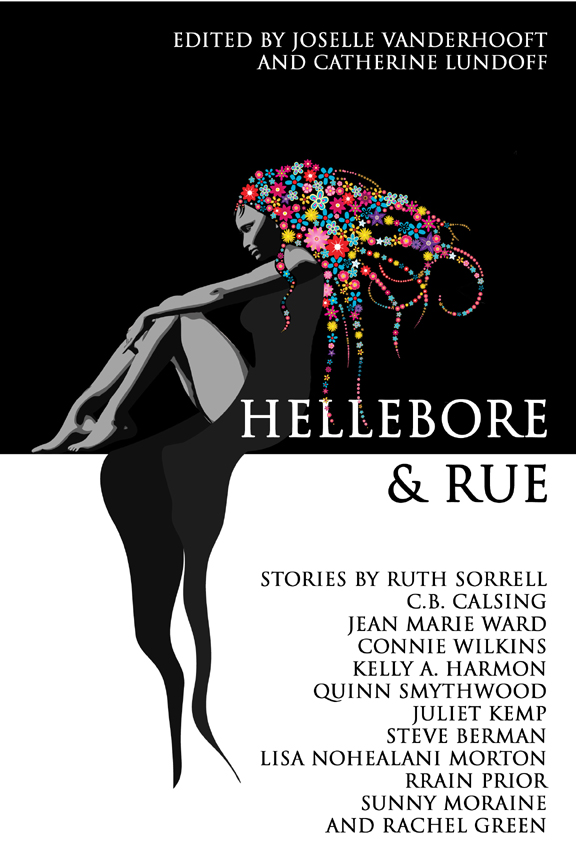“Gender has no boundaries, and neither does lust.” — Sacchi Green, Introduction
Me and My Boi, edited by Sacchi Green, is a collection of twenty erotic encounters between those who, in addition to identifying as lesbian, also identify as bois, butches, masculine-of-center, or eschew gender labels altogether. These individuals seek out sexual romps and emotionally charged situations. Sometimes they satisfy existing desires or discover new ones when paired with the right partner at the right time. The diversity of experiences showcased in this volume allow for a greater possibility of connection with readers. That being said, not every story will resonate with every reader; we all have personal preferences that will find a home in (hopefully) at least one or two of the stories presented here.
The stories unfold against quotidian and risqué situations, well-worn paths and the unknown. Readers peer in on a car garage in the English countryside as two women get acquainted (“A Fresh Start” by Melissa Mayhew); join long-term partners on their Parisian honeymoon (“Gargoyle Lovers” by Sacchi Green); and get locked into a bar bathroom with a bittersweet memory (“Hot Pants” by Jen Cross). The characters negotiate intimacy dynamics and grapple with what their choices may or may not communicate about their identities (“Nisrine Inside” by Pavini Moray; “Resurrection” by Victoria Villasenor).
While I enjoyed the collection overall, there were a few stories suited to my personal taste and that I look forward to revisiting. Strong women who are handy with a tool, sport grease smudged jeans, and possess a subtle tenderness, are the characters that melt me to the page. In Sommer Marsden’s Bennie, Ava finds her long held desires reciprocated with the handsome butch-next-door, Bennie. I appreciate how Me and My Boi (M&MB) shares a range of sexual desires, which include needs for hard and soft; fast and slow; bound and free; and more. For people who want to flirt with danger, M&MBhas it. For people who want a safer, yet no less lusty fling, they’ll find it here. I admit that I struggled with the first half of “Resurrection” because I wasn’t sure how much was consensual seduction and how much was coercion. I know that as a reader I engage with stories through my own lenses. I’m interested in how other readers interpreted that portion of the story.
Other stories engaged me more on an emotional level than on an erotic one. One such story is “Not Just Hair” by Annabeth Leong. Darla is eager to find a butch that will allow her to act out her desires as a femme top. The usual kink crowd gathers around scenes of controlled lust or cruise for playmates. Observing and participating femmes, butches, tops, and bottoms assess each other for possibilities and compatibility. Darla struggles against the restrictions imposed on her as a femme, by her partners, and by the group. When she thinks she’s spotted an unfamiliar butch, she eagerly approaches, only to find that it’s someone she knows. Shawn, at heart a butch bottom, is also breaking out of the stifling role as a femme bottom that her partner had expected. The two women see each other and embrace the opportunity to be who they are inside and out.
The stories offer reflections of how we see ourselves and how we see others, as well as how we believe others should think of us and of themselves. It’s a mouthful and a mindful to process. Yet, more often than not, erotica at its best is a delectable mixture of physical, intellectual, emotional elements.

